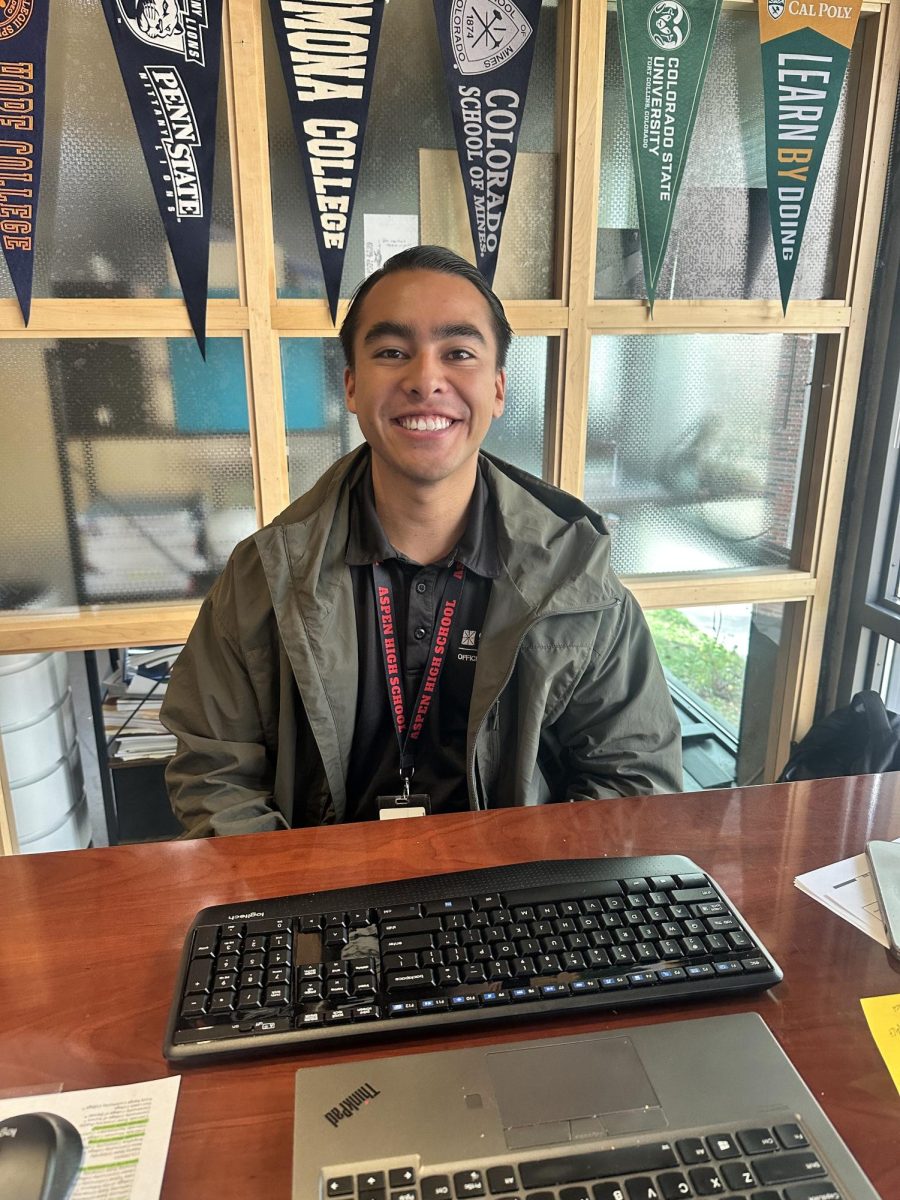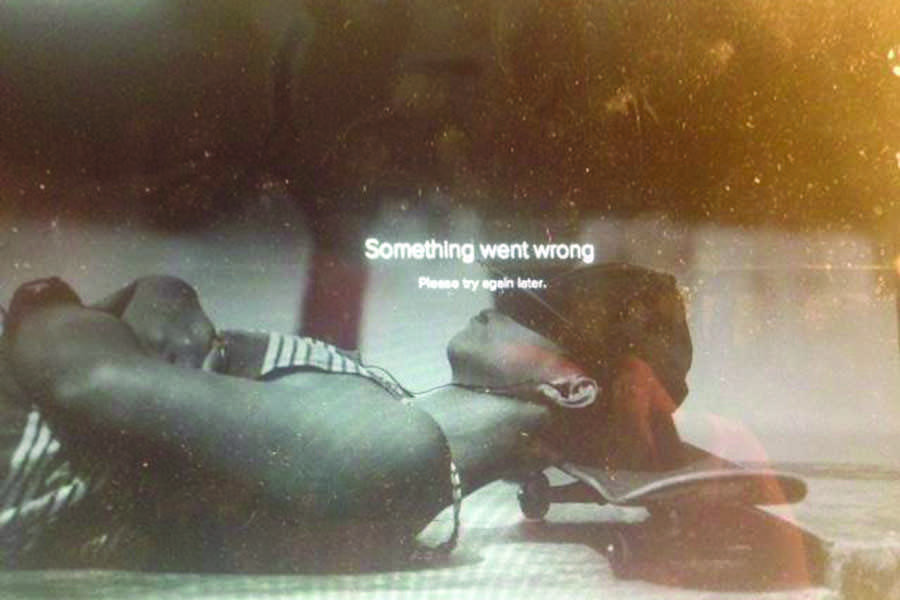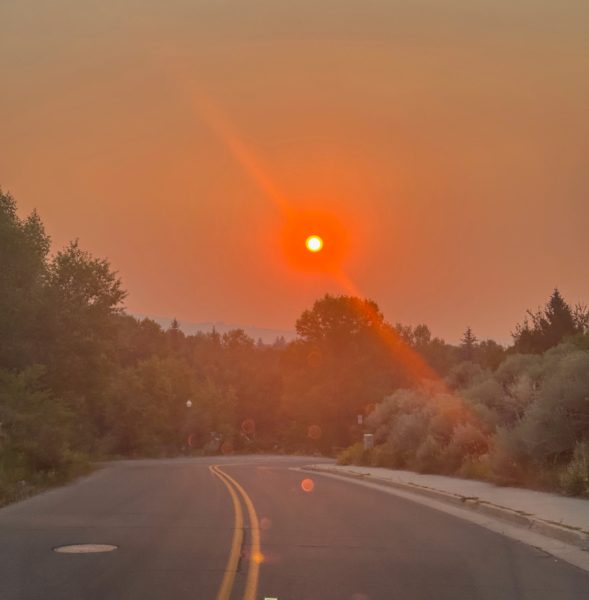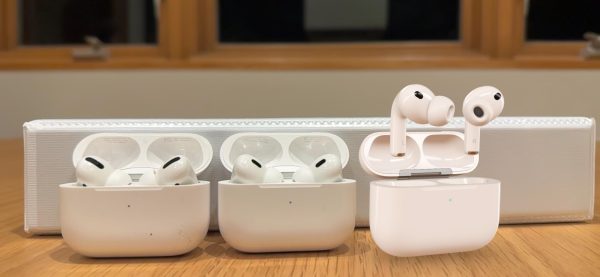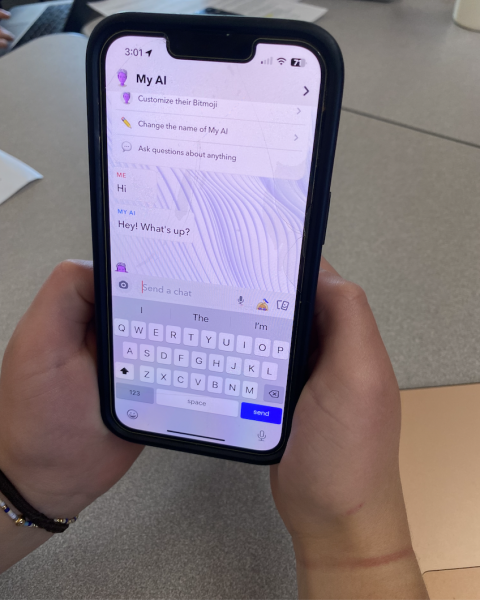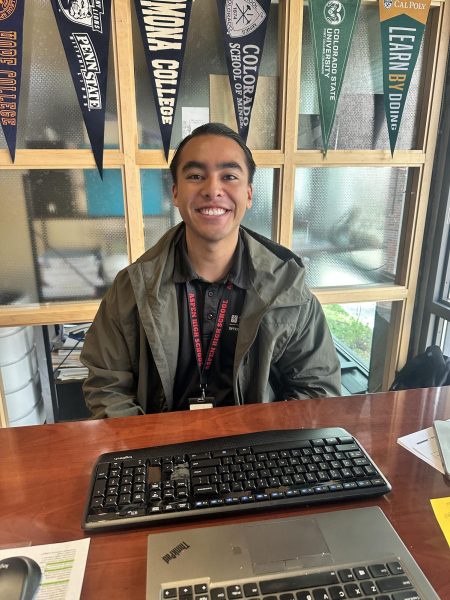BYOD Internet Speed Grinds to a Halt
An example placeholder screen student Spotify users face when faced with little to not enough internet.
Allegations of administration slowing the student Internet down, also called shaping networks, surfaced this year at AHS; since winter break, theories of the administration sabotaging the Internet speed to discourage students from accessing Netflix and other third-party media streaming services have been circulating the halls.
Speaking on the Internet speed, sophomore Harry Kahn noted that “it just sucks generally.” Kahn’s Spotify lost enough connection to display the offline default picture at least three times in a single period.
Additionally, students have also had Google Drive pages stop loading because of the available Internet. This is a problem because some students use Google Drive as their main typing media for school assignments.
Our technology integrator Evan O’Branovic said that slowing the Internet was considered, although, O’Branovic clearly stated that “there was no mandate,” and that no final word was given as to slow the Internet from the administration.
However, slowing the Internet may not just hinder the students’ access to third party streaming.
The AHS home Internet has also been affected by network shaping; although, this Internet, mainly used by the teachers, has been given a larger portion of the bandwidth to accommodate for the teacher’s needs. For instance, social studies teacher Kirk Gregory, science teacher Andre Wille, and science teacher Travis Moore all use Pandora to stream music during class.
Even still, similar applications like Spotify and Youtube have been somewhat crippled during the 2014-2015 school year because of the varying Internet connectivity.
An example of this when social studies teacher David Fregly, who uses Netflix to show students documentaries and history programming, could not load a video and had to change his lesson plan to a lesson without the focal point video. Besides Netflix, Fregly also uses Youtube and different streaming services to load videos of Nile exploration to WWI biplane information.

Nathaniel Karbank is a junior at Aspen High School and plans to graduate with the class of 2016. He appreciates good writing, skateboarding, and innovative...





